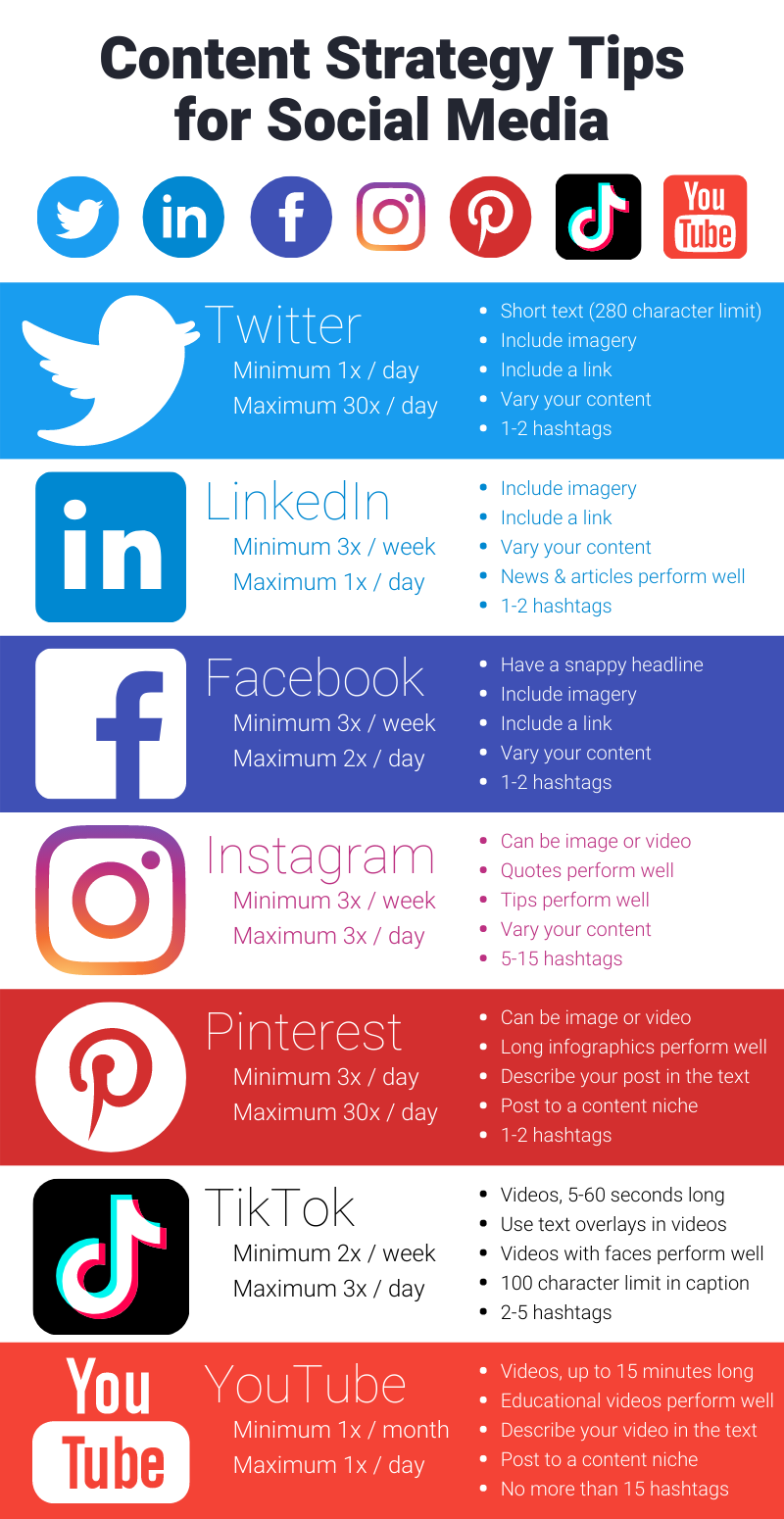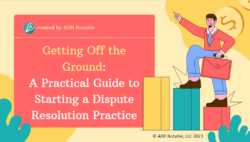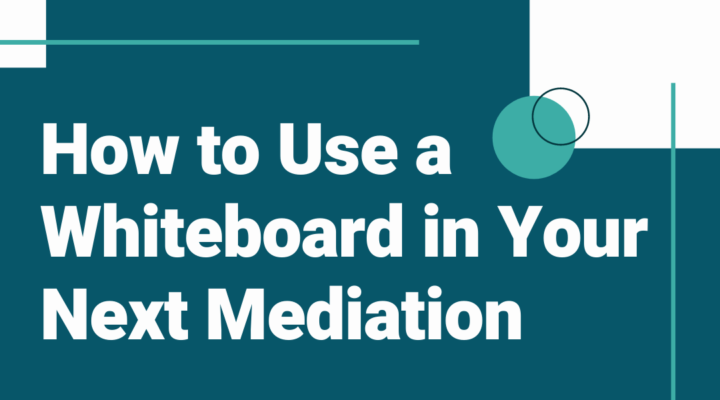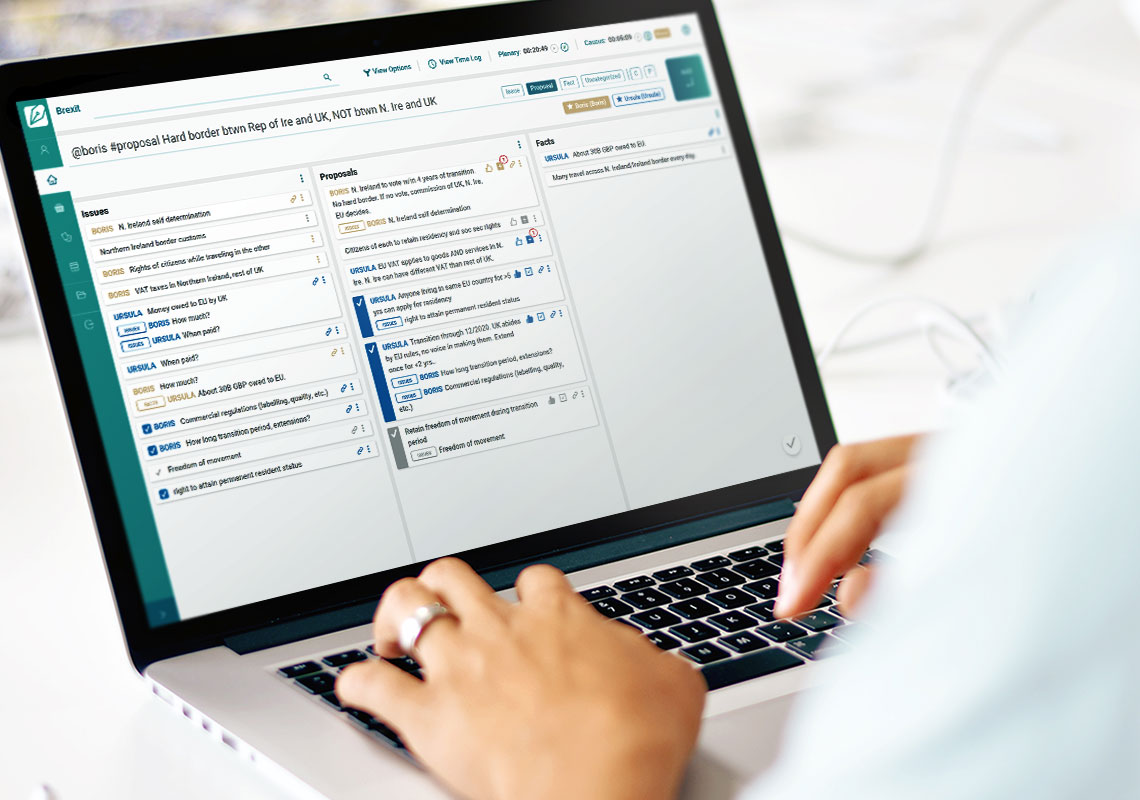How to Grow Your Mediation Practice Using Social Media
if you’ve wondered how to grow your mediation practice and what (if any) role social media should have in that growth, you’re in luck.
Why You Should Use Social Media to Help Grow Your Mediation Practice
While social media shouldn’t be the only marketing channel you use, it is a great marketing tool to help you get your name out there and grow your mediation practice. Social media is a cost-effective way to reach dozens, hundreds, or even thousands of people – much more than you would reach by putting up flyers and much cheaper than placing paid ads in newspapers and publications. However, each social media channel accomplishes different goals and thus has different types of users.
But before you start to grow your mediation practice using social media, you need to figure out which platforms your clients visit and to which types of content they respond best. To do that, you should ask yourself “who is my target customer or client?” The answer to this question will determine not only how you target potential clients, but also where you target them.
For more on identifying and defining your target market and developing a cohesive marketing strategy, check out the ADR Notable Practical Guide to Starting a Dispute Resolution Practice. Section 6, “Market Your Practice,” has plenty of tips to help mediators at all stages of their careers drive business their way.
Now, let’s look at some best practices for using social media.
Step 1: Define Customer Personas
Whenever I work with a consulting client to help develop marketing strategy, I always begin by defining the customer persona(s). Feel free to get as detailed as you like and to create more than one persona. Also: have fun with this step! This is the perfect time to get creative.
Some things you’ll want to consider when creating these personas:
- Gender
- Age or generation
- Income level
- Location (city and state, neighborhood, etc.)
- Hobbies, likes, and interests
- What drives them to find you
If you work with businesses, you might want to add role or occupation. If you focus on family mediation, you could add some family-level details (number of kids, who is the primary breadwinner, etc.). I recommend building more than one persona to reflect the diversity of your potential clients. Also: feel free to name your customer personas!
Here’s how I would build out a sample persona for a divorce mediation practice in Dallas, Texas in which the mediator’s hourly rate is $500.

Step 2: Find That Customer Persona
Not every social media channel is best for targeting every type of customer. Based on the demographics of your target customers (as defined in your customer personas) and the type of mediation you practice, your customers might be on LinkedIn or TikTok. Or any social media channel in between.
In case you’re not familiar with those two social media channels, that is a wide range.
Furthermore, your target customer might only be in the right mindset to understand you even offer services on certain channels.
Let’s break this down logically with traditional marketing examples.
If your mediation practice focuses on corporate mediations, presenting to local corporations on the benefits of using mediation may help grow your practice.
However, if you do family mediations, presenting to local corporations likely won’t help you much. Instead, placing ads in the newspaper or creating relationships with counselors may help a family mediator grow their practice.
Now let’s expand that idea to social media.
In the corporate mediation practice example above, you likely want to target people who work in that particular industry. To accomplish that, your primary social media channel should be LinkedIn. Use industry-specific hashtags to ensure your content reaches the right audience.
For instance, if you work in construction mediation, perhaps use hashtags like:
- #construction
- #constructionmediation
- #commercialmediation
- #mediation
- #disputes
- #disputeresolution
- #constructiondisputes
If your practice focuses on divorce mediation, you likely want to focus on Millennials and older… but what does that mean when it comes to choosing social media channels? Millennials tend to use most social media platforms. Generation X tends to be on Facebook, Twitter, LinkedIn, Instagram, and Pinterest. Baby Boomers are predominately on Facebook with some on Twitter. Given that information, which two social media channels are likely the best use of your time in this scenario? Facebook and Twitter.
Please see (and save!) the graphic below to help you differentiate between the various popular social media channels. The data used in the graphic comes from Sprout Social, a social media management platform.

Step 3: Create Your Content Strategy
Now that you’ve determined which social media channels to use, the next step is to create your content strategy. That means figuring out how frequently you post what content on which channel.
To do that, you probably first need to understand how social media works.
Social media 101: What is the algorithm?
Social media channels employ algorithms to determine which users see which content, and in what order. While these algorithms differ from channel to channel, they all have the same core principle: the more people engage with a piece of content, the more it is shown to other users.
Engagement is an umbrella term for any type of interaction with the content. The most popular types of engagement are likes, comments, saves, and shares. When you post content on a social media platform, that platform’s algorithm determines which of your followers (or connections) will see that content (and when). Thus there’s at least a chance that each of your followers will see your post.
Let’s say one of your followers likes or comments on your post. There’s now a chance (low chance) that at least some of their followers will see your post. Same goes for if one of those followers likes or comments on your post, and so on.
Now say one of your followers shares your post. There’s now a higher chance that at least some of their followers will see your post. Those followers can then engage with your post, potentially showing your post to even more users on the platform.
How should the algorithm impact my content strategy?
In my mind, all content posted on social media should fall into one of three buckets:
- “Shareable” content that may help you gain more followers
- Informational content to help you keep those followers
- Sales-focused content that aims to convert followers into paying clients
With these buckets in mind, any social media strategy should include a mix of all three types of content. Here’s a screenshot of ADR Notable’s Twitter, where you can see how we mix those types of content:

Should my content strategy differ from social media platform to social media platform?
Yes!!!!!!!
At ADR Notable, we have a specific content strategy for each of our social media channels:
On LinkedIn, our goal is to post content most relevant to mediators and the growth and operations of their practices. We share a mix of company news, including product improvements and upcoming conferences, external articles we recommend, and articles from our blog (like this one!). We post on LinkedIn roughly 5x each week.
Our Facebook Page is home. It’s where we share our blog posts and company news. No external articles. Facebook is where you go for the ADR Notable-focused content. We don’t post as much content to Facebook as we do to our other channels.
Finally, Twitter is where we have fun. Scroll through our Twitter and you’ll see a mix of internal and external resources for mediators, company news, and even cocktail recipes! Of the three channels, we post the most to Twitter – sometimes as much as 20x per week!
Only you can decide what will work best for your practice, but, generally, you can follow these rules of thumb for posting:

Step 4: Automate, automate, automate!
There are both free tools and paid tools you can use to help you create a posting schedule. These apps allow you to schedule content and analyze the results. Two of my favorite apps are Buffer (has a free and a paid option) and Hootsuite (paid only).
At ADR Notable, we use Hootsuite to automate posting on our social channels. I like Hootsuite because of its analytical capabilities and its calendar view for posting.
But don’t feel like you have to invest in a paid social media scheduling tool. Most social media platforms have some sort of scheduling feature so you can schedule your content to post throughout the week. Many platforms provide analytics for businesses, so you can track what types of content is performing well for you (and what is driving clicks to your website!).







